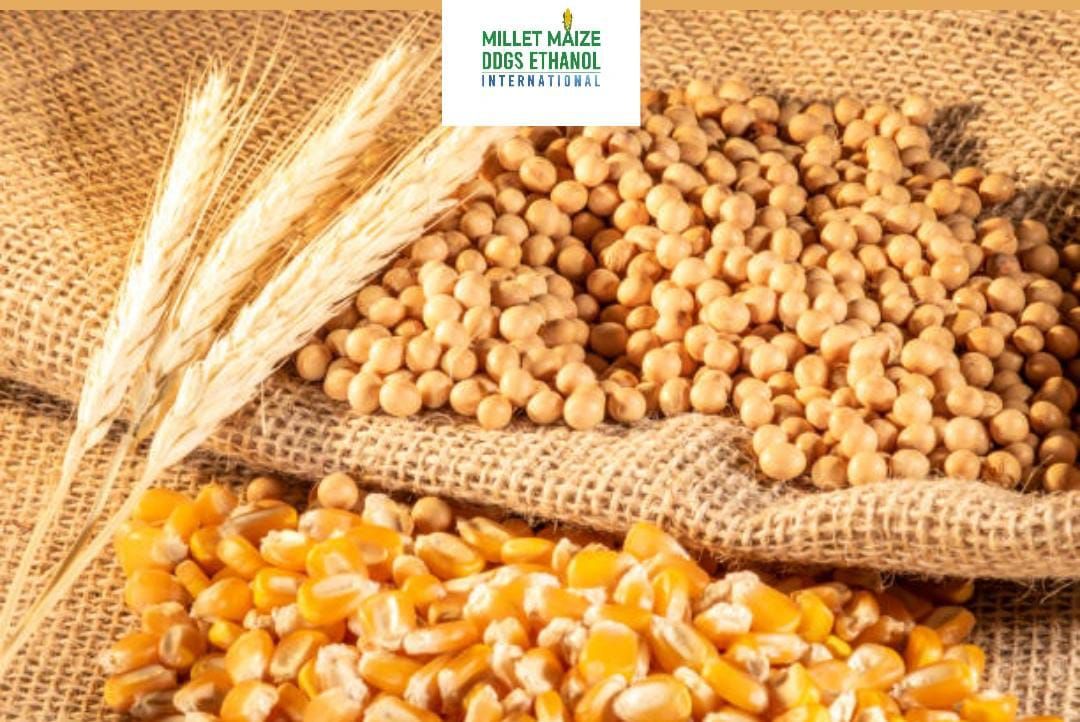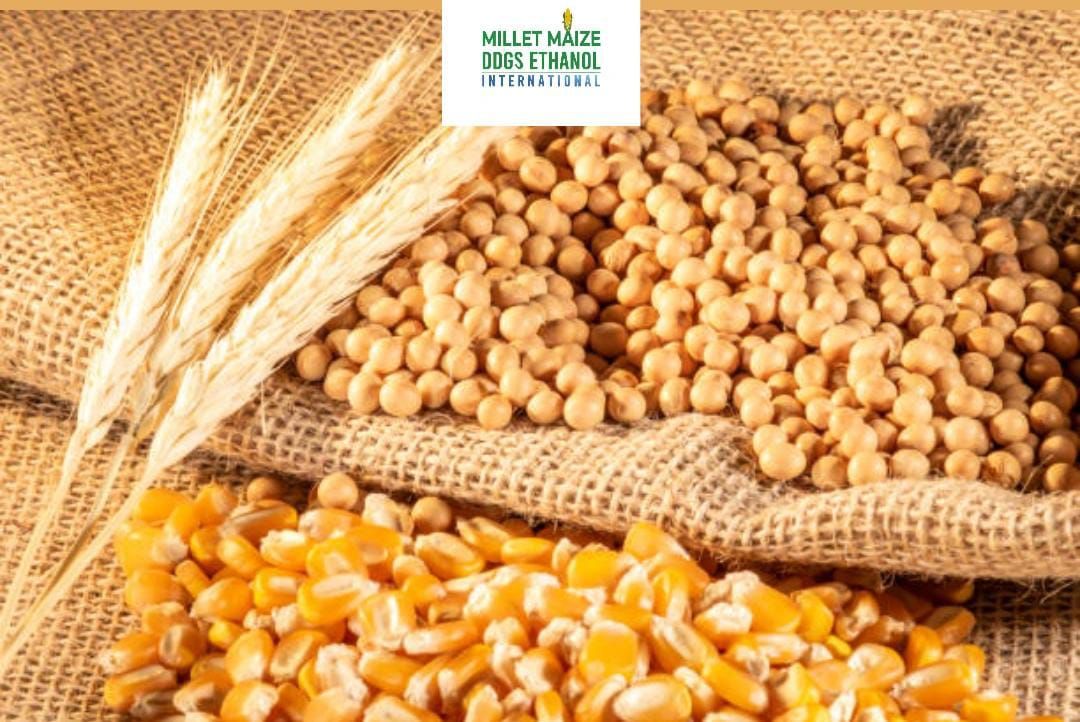mmdeinternational.com - Corn and Soybeans Nearing Key Levels Again 🌽🌿 — Will Harvest Lows Hold? 📉🔍

As the U.S. harvest advances, corn and soybean futures are under renewed scrutiny: Are the early harvest lows still on the table for a retest?
Corn and soybean futures have already been flirting with multi‑year lows, driven by expectations of ample supplies, weak demand, and subdued export interest. Recently, analysts have noted that December corn and November soybean prices are sitting near their early August troughs, with that support zone under pressure from ongoing harvest supply and farmer selling. Some technical analysts believe corn may have already put in a bullish reversal from its low. For example, Jerry Gulke (Gulke Group) observed a key weekly reversal in corn that suggests the early harvest bottom might hold. However, many remain cautious: further downside remains possible if yields come in stronger than expected, or if the fundamentals overturn bullish surprises.
| Factor | Potential Impact |
|---|---|
| Weather / Yield Surprises | Better‐than‐expected yields could tip the balance toward oversupply again, risking a retest of lows. |
| Export Demand | Weakness in major buyers (e.g. China, other Asian markets) can limit demand absorption of surplus supply. |
| Fundamental Reports | USDA’s reports (WASDE, crop progress) can introduce surprises; if they tighten forecasts, downside risk is mitigated. |
| Farmer & Commercial Selling | As harvest progresses, increased selling pressure may test support zones further. |
| Technical Support Zones | Early August lows are under watch; a break below those levels could renew bearish momentum. |
Base Case: The early harvest lows hold (for both corn and soybeans), and the market consolidates or seeks a modest rebound, assuming no major downside surprises.
Bear Case: If yields come in stronger, or demand remains weak, the markets could retest or breach the early harvest lows, leading to further downside pressure.
Bull Case: A surprise shortfall—due to weather stress, lower yields, or stronger export demand—could push prices higher and render the early lows as confirmed bottoms.
In short: the markets are at a delicate juncture. The early harvest lows are a key reference level, and a test (or retest) is quite possible over the coming weeks. But whether they break or hold depends heavily on new data, weather developments, and demand shifts.
